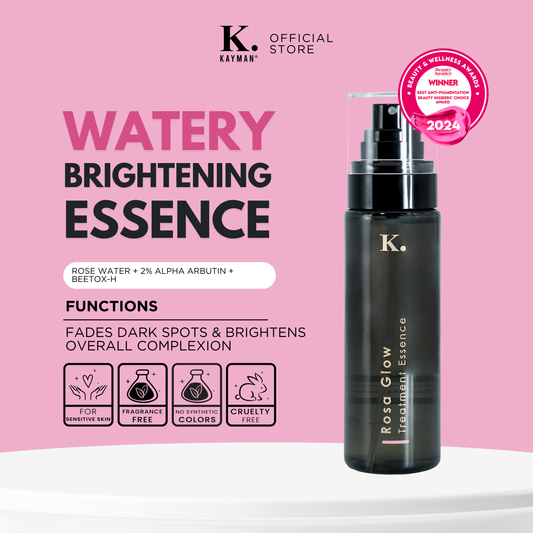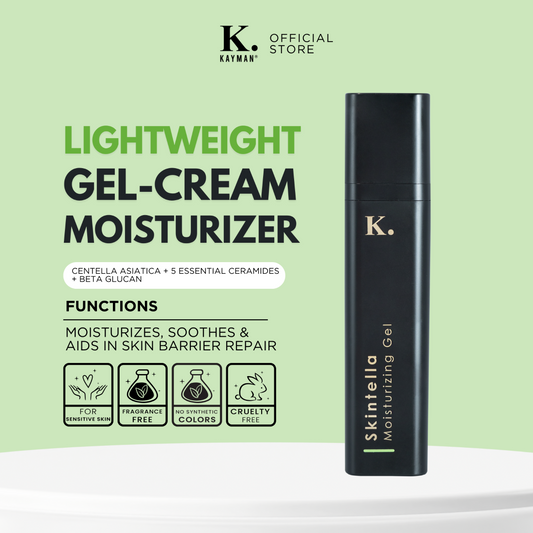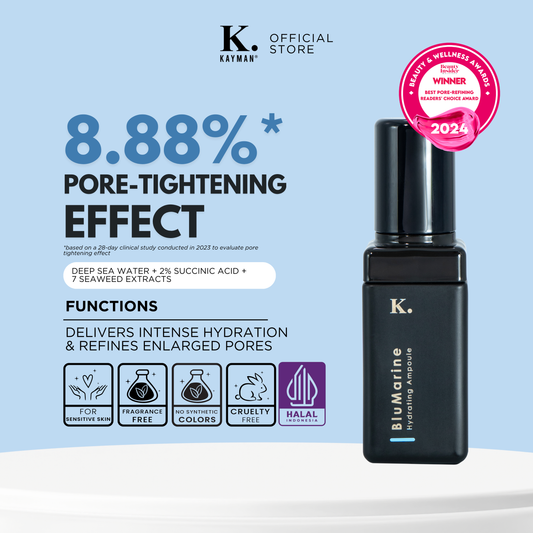There was a time when Pinterest was filled with DIY guides for just about anything -- candles, soap, hair removal wax, and of course, skincare. DIY skincare and home remedies may be budget-friendly and some might even be effective; but one thing you absolutely should not DIY is sunscreen.
 Homemade sunscreen may offer no protection against ultraviolets.
Homemade sunscreen may offer no protection against ultraviolets.
In Malaysia, we have plenty of choices in terms of Western and Asian sunscreen formulations -- even local brands have started selling sunscreen. A competitive market means you can find affordable products too. Years of research and development go into sunscreen formulation; the same cannot be said for DIY sunscreen.
Sun protection of DIY sunscreen is unreliable
When investing in a proper sunscreen, you’re not just paying for ingredients and formulation -- you’re also paying for efficacy. In the process of sunscreen development, there is also testing to validate the Sun Protection Factor (SPF) that protects against UVB, and Protection Grade of UVA (PA) that protects against UVA.
To make sure sunscreen provides the needed protection, in-vitro and in-vivo testing are carried out in a lab. When sunscreens have been tested this way, you can wear it confidently without worrying about the kind of protection your skin is getting.
 Suntella UV Milk SPF50+ PA++++ was tested in-vitro and in-vivo to make sure the skin is fully protected.
Suntella UV Milk SPF50+ PA++++ was tested in-vitro and in-vivo to make sure the skin is fully protected.
DIY sunscreen does not provide the needed protection
Here's a fact: SPF value isn’t cumulative. Mixing a bunch of low-SPF ingredients doesn’t "increase" the amount of SPF present. Only the highest SPF ingredient of the bunch is counted. Here are some common ingredients used in homemade sunscreens and their corresponding SPF:- Shea Butter: SPF 6
- Coconut Oil: SPF 8
- Almond Butter: SPF 5
Even if you combine all three ingredients in a "DIY sunscreen," the SPF value will only be SPF 8. This is extremely worrying because the recommend SPF value you should use daily is SPF 30. Imagine how exposed your skin is if it's only getting SPF 8.
Another common "SPF" ingredient is zinc oxide. But if you’re thinking about mixing the ingredients above with zinc oxide to "increase" SPF rating, you might want to think again. Zinc oxide clumps easily without the proper formulation, equipment, and environment. This will affect the distribution, efficacy, and application of your DIY product. At the end of the day, you might end up with a diaper cream instead of sunscreen.
Formulation of DIY sunscreen is unstable
While we often focus on the ingredients in a product, formulation is just as important. The formulation of a product must be measured carefully so that each ingredient interacts well with each other and delivers the proper result for the skin. Each ingredient in a good formulation serves a purpose, and contributes not only to the effectiveness of the product, but also to the texture and finish. This determines how the product feels and looks on the skin.
Sunscreen, especially, is a product where feel and look play important roles. Since sunscreen should be worn every day, of course you would want a sunscreen that feels comfortable on the skin, with no greasy, heavy, or drying feeling. Surely, you would also want a sunscreen that looks good on your skin and doesn't give you a white or grey cast, or make your skin look overly oily.

 Suntella UV Milk SPF50+ PA++++ features a lightweight milky texture that feels like a second skin and a tone-up, satin finish that promotes a glowing complexion.
Suntella UV Milk SPF50+ PA++++ features a lightweight milky texture that feels like a second skin and a tone-up, satin finish that promotes a glowing complexion.
When making your own sunscreen, it is very difficult and maybe even impossible to achieve these standards. Compared to a well-equipped and sterilized lab, our homes do not have the proper equipment or ingredients needed to formulate a sunscreen that provides the needed protection, performs well, and feels and looks good too. It is also not feasible to conduct a stability test in your kitchen.
Mixing your own sunscreen with "natural" ingredients is also risky because the overall product is unstable. There are ingredients that contribute to product stability, such as preservatives. Some common preservatives are phenoxyethanol, caprylyl glycol, and parabens (yes, parabens!). Without preservatives, your DIY skincare product are basically like fresh fruits and vegetables -- they don't last long and if you still use them, you might suffer some consequences.












